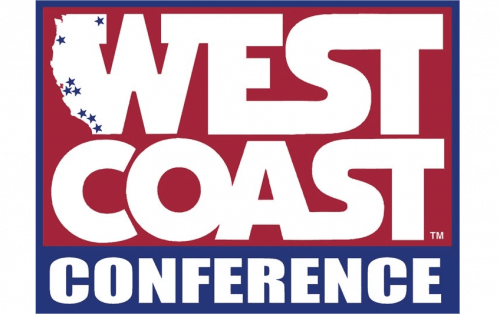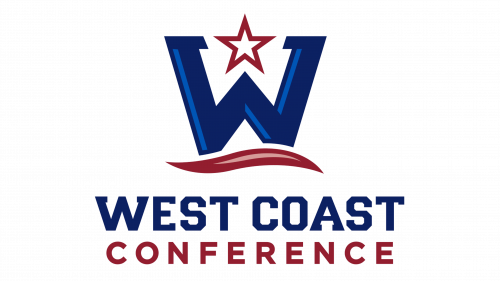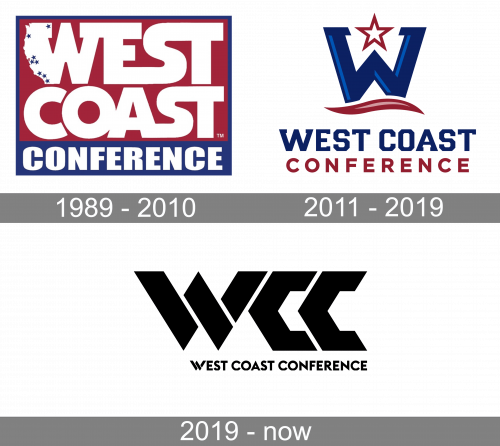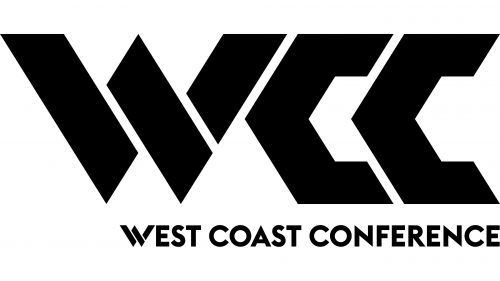 West Coast Conference Logo PNG
West Coast Conference Logo PNG
The history of the West Coast Conference (WCC) started in 1952. It is an NCAA-affiliated Division I collegiate athletic conference with members located in California, Oregon, Utah, and Washington.
Meaning and history
The West Coast Conference (WCC) was established in 1952, primarily due to the efforts of athletic directors from five California schools: San Francisco, Santa Clara, Saint Mary’s, Loyola (now Loyola Marymount), and Pepperdine. This union was formed with a focus on organizing athletic competitions among these institutions, primarily in basketball.
Throughout its history, the West Coast Conference has achieved notable recognition in collegiate sports, especially in basketball. Teams from the WCC have consistently competed at high levels, with the University of San Francisco’s basketball team winning NCAA championships in the 1950s being a prominent example. Additionally, the conference has expanded over the years, adding more universities and extending its geographical reach beyond California. The inclusion of schools like Gonzaga University, which has become a powerhouse in men’s basketball, further highlights the conference’s growth and success.
In its current position, the West Coast Conference continues to be a significant player in NCAA Division I athletics. The conference has not only maintained a strong presence in basketball but has also expanded its influence into other sports. The WCC’s commitment to academic excellence and athletic success remains a cornerstone of its identity, fostering a competitive yet collaborative environment among its member institutions.
What is the West Coast Conference?
The West Coast Conference is a collegiate athletic conference participating in NCAA Division I, renowned primarily for its strong basketball programs. It includes universities predominantly located on the West Coast of the United States, fostering competition and collaboration in various sports.
1989 – 2010

The West Coast Conference logo from 1989 featured a bright contrasted badge in a horizontally oriented rectangular badge in burgundy and blue, with the enlarged white “West Coast” inscription set on the burgundy part, and the “Conference” in smaller capitals — on a blue narrow element at the bottom of the logo. The left contour of the letter “W” repeated the shape of the USA west coast map contouring, and had eight blue five-pointed stars placed on its white body, to represent the cities of the teams members of the conference.
2011 – 2019

While the old West Coast Conference logo was based on the most popular colors used in sports logos in the US, it had a unique style. A large “W” with a red and white star above was the centerpiece of the logo. Together with the red wave design below, it conjured up the images of the night sky at the beach. Below, there were two lines: “West Coast” and “Conference” In blue and red respectively.
The current emblem looks by far more abstract with its bold angular shapes.
2019 – Today
The logo for the West Coast Conference, a bold and stylized typographic design that uses the acronym “WCC” in large, black letters. The font is modern and angular, with sharp edges and pointed vertices that lend a dynamic and aggressive energy to the design. Each letter is constructed from a series of parallelograms and trapezoids, giving the impression of depth and three-dimensionality. The letters are tightly spaced, reinforcing the sense of unity and cohesion among the member entities of the conference. Below the acronym, the full name “WEST COAST CONFERENCE” is spelled out in a straightforward, all-caps sans-serif font, providing a clear and readable counterpoint to the more abstract graphic above. The overall effect is one of modernity, precision, and competitive spirit, well-suited to a sports conference that prides itself on performance and excellence.








